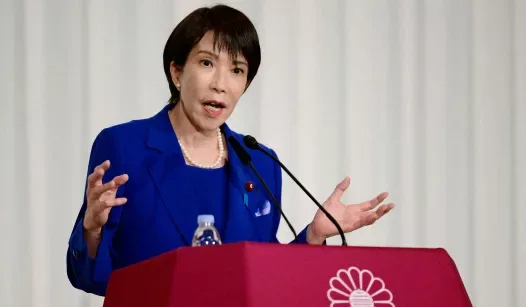Japan has recently made headlines with the appointment of its first female leader, a significant milestone in a nation where gender equality has long been a contentious issue. However, as she steps into this pivotal role, she faces a barrage of critiques from feminist circles, reflecting a broader challenge within the political landscape.
Despite the progress represented by her leadership, many on the left continue to harbor biases against conservative women. This skepticism often stems from a belief that conservative values are incompatible with feminist ideals. Critics argue that her policies may not adequately address the systemic issues affecting women in Japan, such as the gender pay gap and workplace discrimination.
The reality is that the intersection of gender and politics is complex. While some feminists may view her ascent as a betrayal of feminist principles, others argue that her presence in a position of power is itself a victory for women. This dichotomy raises important questions about what it means to be a feminist in today’s political climate and whether support should be extended to women leaders regardless of their political affiliations.
In Japan, the feminist movement has historically been fragmented, with various factions advocating for different approaches to achieving gender equality. Some prioritize legislative reforms, while others focus on cultural change. This division can lead to criticisms that are less about individual leaders and more about the larger ideological battles within the movement.
As Japan’s new leader navigates her role, it will be crucial for her to engage with these critiques constructively. By addressing the concerns raised by feminists while also promoting her vision for the country, she can work towards a more inclusive political dialogue. This may involve collaborating with women from diverse political backgrounds to forge a united front on issues affecting all women in Japan.
The challenges she faces are not unique to Japan. Across the globe, women in leadership positions often encounter scrutiny that their male counterparts do not. This phenomenon highlights the need for a more nuanced understanding of feminism that embraces diversity in political thought.
In conclusion, Japan’s new female leader stands at a crossroads, embodying both the promise of progress and the complexities of feminist critique. Her ability to bridge these divides will not only shape her legacy but also influence the future of gender politics in Japan. As the nation watches closely, the hope is that her leadership will inspire a more inclusive and productive dialogue around feminism and politics, ultimately benefiting women across the spectrum.
